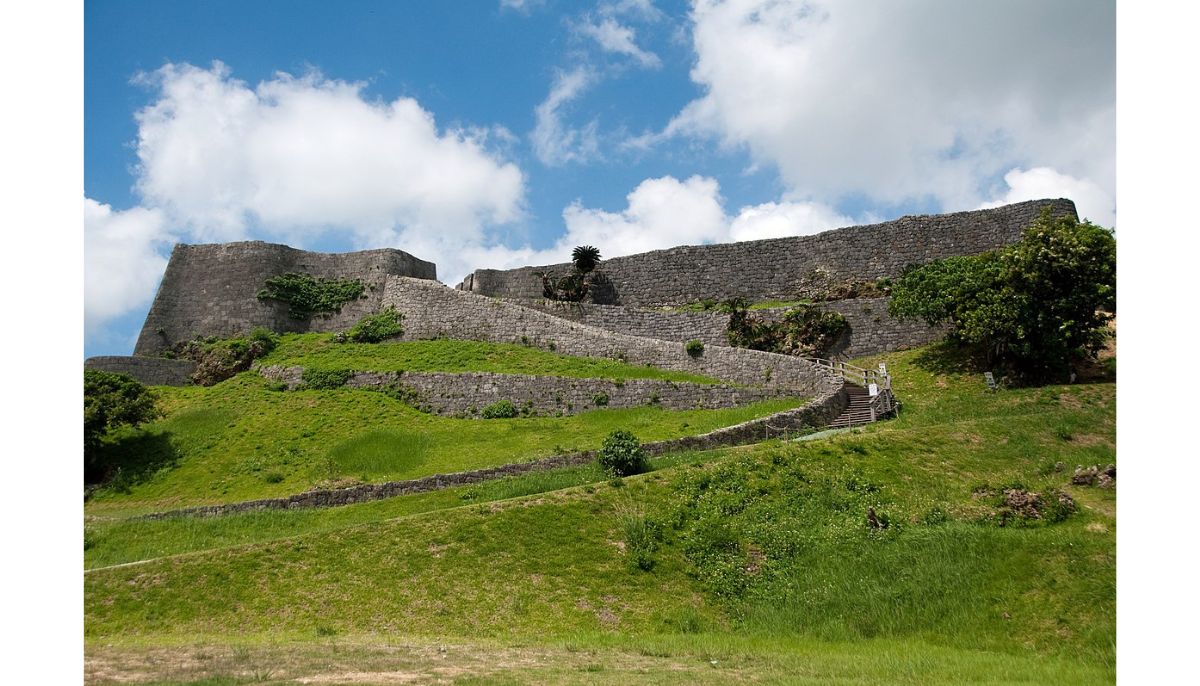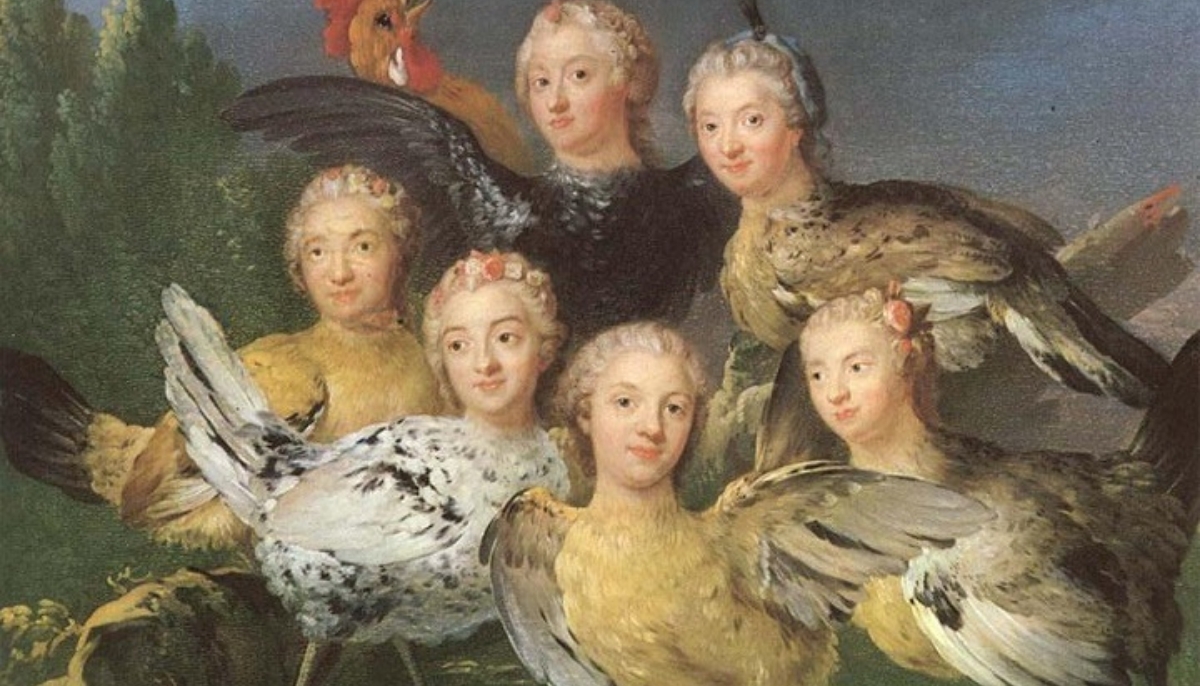Did the Romans know about Japan? It’s a question that teases the imagination.
Imagine a world where Roman legions were aware of the existence of samurai warriors.
As intriguing as it sounds, we’re diving into ancient records, fascinating artifacts, and complex trade networks to unravel the reality behind this captivating query.
romes knowledge of the east

Rome had a surprisingly extensive knowledge of the East, shaped by rivalries, explorations, and trade.
Persia, a long-standing opponent, was well-known within Roman circles. The campaigns of Alexander the Great also provided Romans with considerable insights into Eastern lands. His exploits were highly popular and studied, enriching Rome’s understanding of regions far beyond their immediate sphere of influence.
Moreover, Rome’s awareness wasn’t confined to nearby Eastern regions; they even sent a trade envoy to China. This mission occurred in the 2nd century, during the reign of either Antoninus Pius or Marcus Aurelius.
So, while Rome may not have known about Japan specifically, their eyes were certainly turned towards the East, ranging from close rivals like Persia to distant civilizations like China.
japan during the Roman period
During the early Roman era, Japan was undergoing its own significant transformations, quite distinct from the Western world. The country was divided, featuring the Jomon culture in the North, known for their hunter-gatherer lifestyle, and warlike tribes in other regions.
However, a significant shift occurred with the arrival of the Yayoi people, who introduced transformative technologies like rice cultivation and metallurgy, originally from the Asian mainland. This led to a population boom and a considerable uptick in societal complexity, including tribal warfare and social stratification.
The rapid adoption of imported technologies marks this period, though it’s debatable whether this was due to migration or cultural diffusion. The Yayoi tribes eventually consolidated into several kingdoms, as noted in the earliest writings mentioning Japan. By 111 AD, the Book of Han referred to Japan as “Wa,” comprised of a hundred kingdoms.
It wasn’t until around 500 CE that Japan saw further unification under the Yamato regime, taking inspiration from China to centralize its government and construct royal mound tombs.
Japan fully embraced Chinese script, Confucianism, and Buddhism only around 750 CE, well after the fall of Rome. So, while Rome was busy expanding its empire, Japan was engrossed in its own cultural and political evolutions, albeit at a different pace and direction.
Silk Road trade between Japan and Rome
Trade along the Silk Road was a complex web involving multiple empires, countries, and hands. While there was substantial East-West trade, it’s crucial to understand that this doesn’t imply direct contact between Rome and Japan.
Goods, including exotic spices, silks, and precious metals, would pass through numerous intermediaries before reaching their final destination.
Traders at one end of the Silk Road were often unaware of where their products ultimately ended up. They might sell to a local merchant, who would pass goods to a long-distance trader, creating a chain obscuring the final destination.
This complexity is evident in the discovery of Roman coins in far-flung regions like Southern India and Sri Lanka, showing the reach of Roman goods but not necessarily indicating direct Roman influence or knowledge of those areas.
roman artifacts found in japan

While there’s no evidence of direct contact between Rome and Japan, some intriguing finds suggest that Roman artifacts did make it to the Japanese islands, albeit indirectly.
Roman coins from the 3rd or 4th century were discovered in a castle in Okinawa, even though the castle dates from the 12th to the 15th century. These coins, including those bearing Constantine the Great’s likeness, were found among other coins from different eras, such as Ottoman coins. This suggests that the owner could have been a coin collector, fascinated by pieces from far-off lands.
Another compelling artifact is a glass dish found in Nara province, Japan. This dish was of clear Roman origin. Intriguingly, the glasswork was made in Rome, but the painting appears to have been done in Persia before the item found its way to Japan.
This illustrates the complex trade networks that existed then, showing how goods could journey great distances and pass through multiple cultures before reaching their final destination.
While these artifacts stir the imagination, they don’t establish direct contact between Rome and Japan. Instead, they point to a fascinating, if indirect, global trade system where goods traveled far and wide, often ending up in places their original makers never could have imagined.
Did the Romans know about Japan?
So, did the Romans know about Japan? The answer is most likely no.
No sources in the Roman written record mention Japan, and even if the Romans had heard of it, they would have likely considered it a province or tributary of China, given the nature of Sino-Roman encounters at the time.
On the flip side, it’s also very unlikely that Japan knew of Rome, especially considering Japan’s political and social development during the Roman period.
While tantalizing artifacts and complex trade routes like the Silk Road hint at a world more interconnected than we might initially think, there’s no concrete evidence to suggest that Rome and Japan were directly aware of each other.
What we have is a testament to the remarkable reach of ancient trade networks, bringing disparate parts of the world into indirect contact, even if the people at either end remained unaware of each other’s existence.






